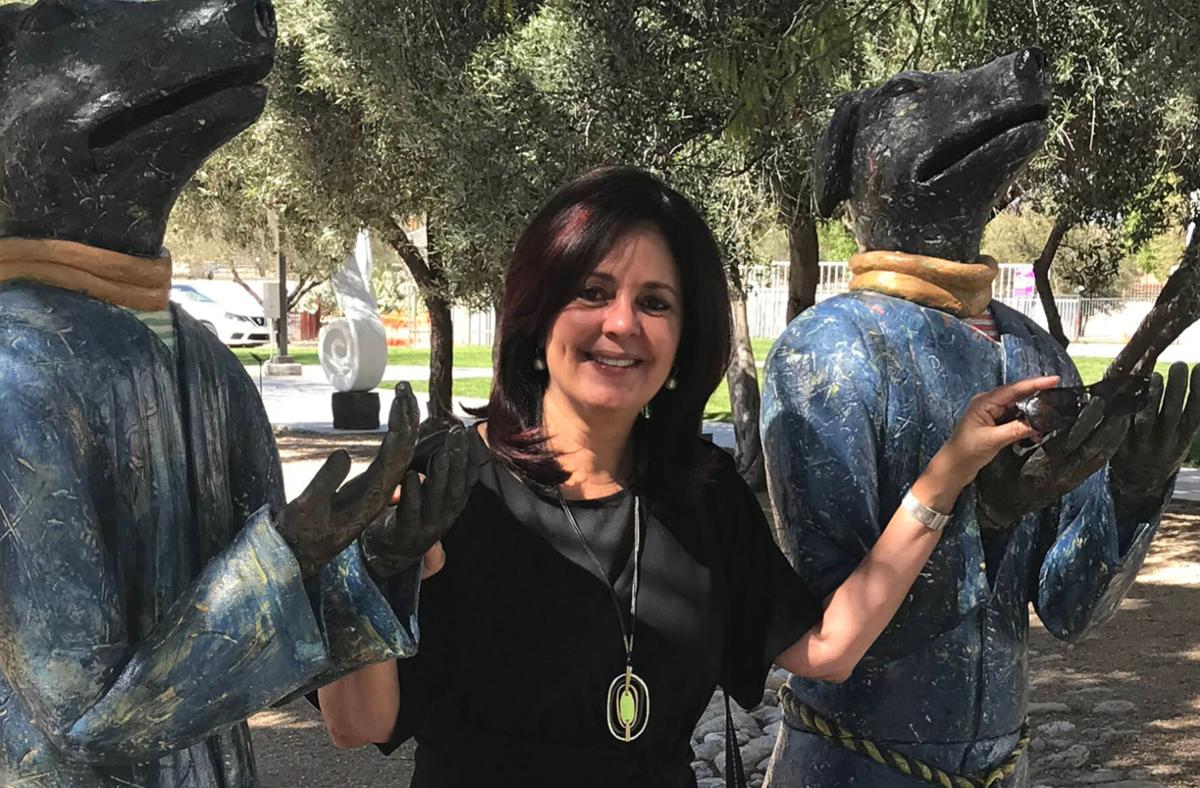A digital art gallery featuring more than a dozen local artists is now available online.
Artezona — made to sound like “Arizona,” but also reflective of being in the “art zone” — was the brainchild of founder Liz Hernández. The gallery can be found at artezona.com.
Hernández owned a brick-and-mortar art gallery but shut its doors in 2009 following the recession. When it came to opening a new gallery space, she decided to go digital.
“I had been thinking about going online for a long time — several years actually,” Hernández says. “Having had the brick-and-mortar retail space and using technology, I sort of already understood that having an e-commerce site would be a good way to go.
“It’s very expensive to have a brick-and-mortar space,” she says. “And I get it — there’s no substitute to seeing art in person, that’s for sure. But we have to adapt to what’s going on now. People buy stuff online all the time — it used to be, ‘I would never buy a dress online. I have to try it on at the store.’ But those attitudes are drastically changing.”
She adds that while you can’t see the art in person before purchasing it, the gallery is still a digital experience. “If it doesn’t work for you, send it back. It’s not like you’re stuck with it if it’s not what you expected,” she says.
Hernández says that research has also shown that almost half of big art spenders have purchased artwork online.
“It’s also a generational thing,” she says, adding that the digital aspect of Artezona makes art more accessible.
Artezona currently features 19 artists, 18 of whom are from Tucson. Hernández hopes to open the application process for more artists in January.
Currently, all the artists at Artezona create two-dimensional art, such as photography and paintings. Hernandez hopes to add sculpture work in the future.
Beyond the functionality of the website and its e-commerce capabilities, Hernandez is most proud of the artist narratives that Artezona features.
When clicking on an artist’s name, viewers will see photos of the artist and their work, a biography, and their credentials including education, past exhibits and any awards they’ve won.
“I don’t need to describe the art. The work speaks for itself,” she says. “I want to understand the artist.”
“The art is their expression, for sure, and that will resonate with viewers. But for some people, the artists’ story resonates with them. It becomes a more meaningful experience.”
As for Hernández, she’s not an artist herself but has always appreciated art.
“Even growing up with my parents, we always visited museums and galleries, and I took an art class with my mom when I was 15,” she says. “I was always interested but didn’t have the calling, if you will, to make it a practice. But I’ve always had a passion for it — a passion for creative expression and music and dance and theater, and so that’s how I became an advocate.”
“Tucson is a creative hub — we’re known for attracting creative people,” she says. “That’s a big piece of why I’m doing this — to help them get compensated for their work.”





